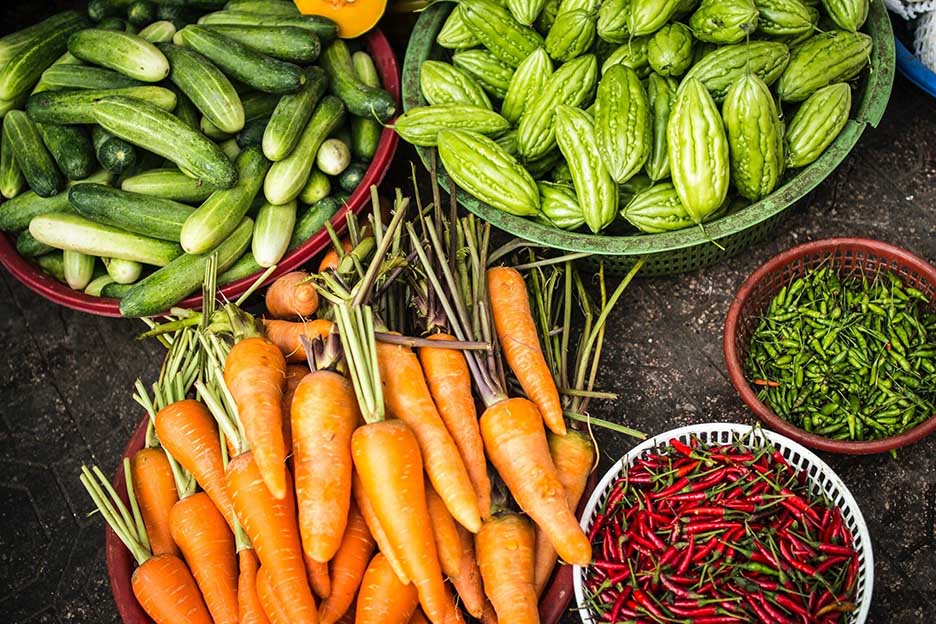Foodomics and Society

Foodomics and Society introduces learners to a groundbreaking approach to mapping the biomolecular diversity of food using multi-omics tools to generate data that can be used advance human and planetary health.
University students and early career scientists in fields such as analytical chemistry, public health, nutrition, and food science and technology.
Each module in this course takes approximately 1 hour to complete, consists of three video-based lessons, a case study, reflection questions, and knowledge checks. Additional resources are also included for each module.
Part 1 of Foodomics and Society provides a holistic foundation for the course, exploring different ways of knowing food and the role of data-driven solutions in addressing critical food system challenges.
Part 2 of the course explores how multi-omics tools are used to generate food composition data that reveals insights into human health, agricultural production practices and the need for an equity-centered approach to access and benefit sharing.
Are you an educator?
For those interested in using Foodomics and Society modules in the classroom, sign up to receive a facilitator guide, lesson playlist and additional support services.
Featured Case Study
Ways of Knowing Food: Bridging biodiversity, tradition, and nutrition in the Peruvian Andes
This case study integrates perspectives from an indigenous farmer, nutritionist and food systems scientist to make connections between traditional knowledge, food biodiversity and nutrition security.
Featured Lesson
Food Data in the Anthropocene: Global Guardrails and Local Solutions
In this lesson, Dr. Fabrice DeClerck discusses how transforming food systems presents dual opportunities to improve human and planetary health by shifting diets and growing food more sustainably.
